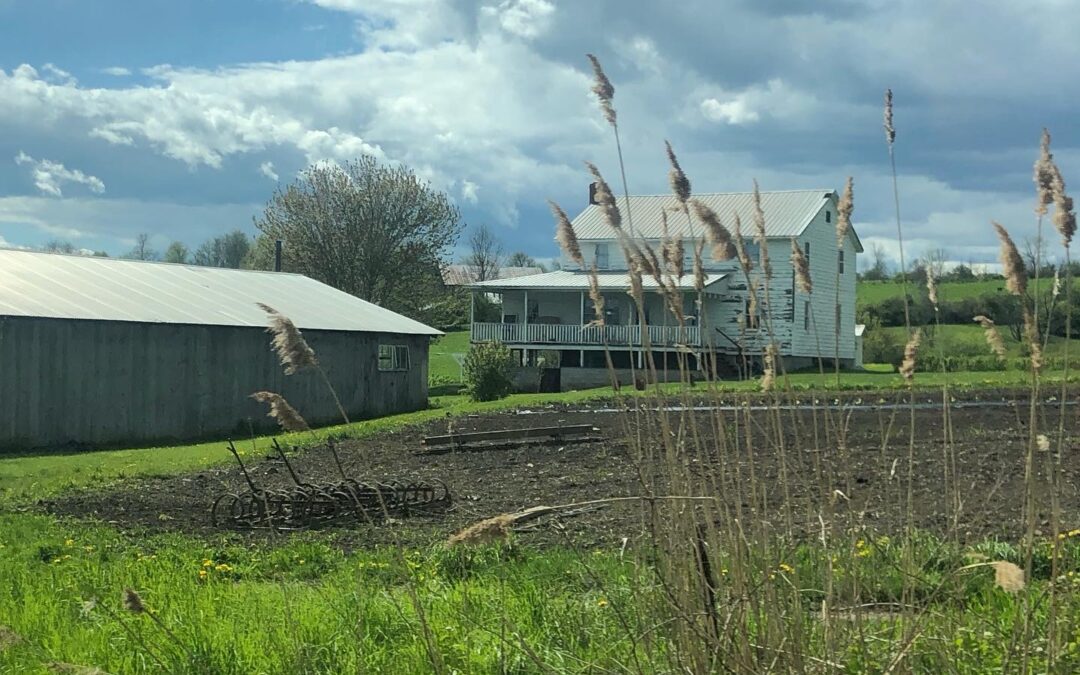Rituals. In her practical guide, The Creative Habit: Learn It and Use It for Life, Twyla Tharp, renowned choreographer, refers to these as “automatic but decisive patterns of behavior” (15). By thinking of an activity as a ritual, a rote behavior, you eliminate the question, “Why am I doing this?” (Tharp). I can attest that this practice is effective.
In upstate New York, I spent two weeks working on a farm in exchange for room and board, solitude, and a chance to explore the Adirondacks (the setting of the opening chapter of my current project).
My days there were simple. I awoke at sunrise, spent an hour reading and journaling, then wandered downstairs to the kitchen to join my hosts for coffee and tea. Breakfast, invariably, alternated between two options: eggs or oatmeal (I favored the eggs). After breakfast, the three of us put on our work clothes and set out for farm or forest, depending on the nature of our task. Sometimes, we planted. Sometimes, we chopped firewood. Once, we tended the bees, and another time, we helped a friend add a new room to his house. No matter the task, the work ended around two in the afternoon.
I would then spend an hour playing the piano, we would sup together, and then each of us would engage in our separate activities. Mine, of course, was writing. Ultimately, the sun would go down, and shortly after, so would I.

Hands down, this was the most creative period of my year. Over the course of the two weeks, routine became ritual. I would sit at the same seat at breakfast, add the same number and quantity of toppings to my breakfast, the same amount of sugar and cream to my coffee. I wore the same sweater over my clothes, when it was time to work, and the same gloves. And when I sat down to write at the same time each day, I was fired up—rested, invigorated, stimulated—and my brain knew: it’s time to create.
There was no time for me to think, “Why am I doing this?” Or even, “I don’t feel like doing this.” The second I sat in that chair, I was on auto-pilot. Writing was the next, most natural course of action.
I’ve since tried to create that sense of ritual and order in my life since New York. I’ve simplified my commitments, pared down my belongings, decluttered my space and my mind. Life moves faster in the city. Too many things happen over the course of one day, and so I’ve learned to give the morning to writing, rather than the evening. I’ve made adaptations.
My Current Prewriting Ritual:
- Wake up at 5:00 a.m. to “Hoppípolla,” by Sigur Ros
- Light a candle; specifically, this candle.
- Say a brief prayer
- Make my bed
- Grab a cup of coffee
- Sit down at my desk
What happens after that is usually writing.
Reference:
The Creative Habit: Learn It and Use It for Life, by Twyla Tharp.

